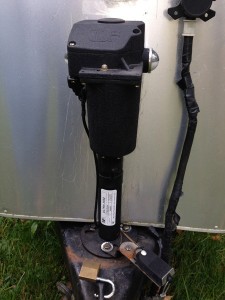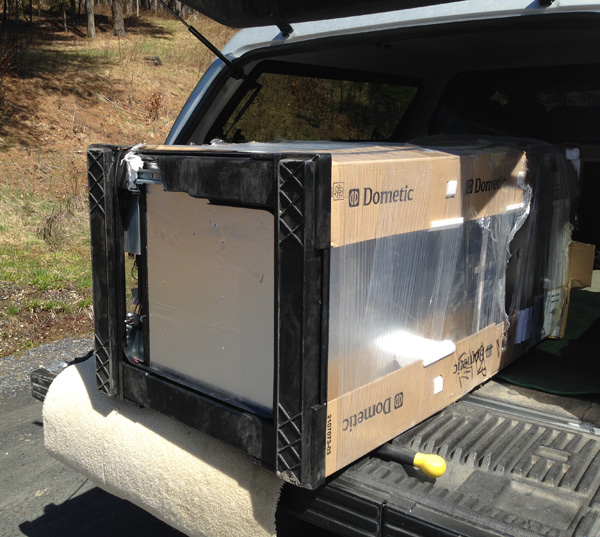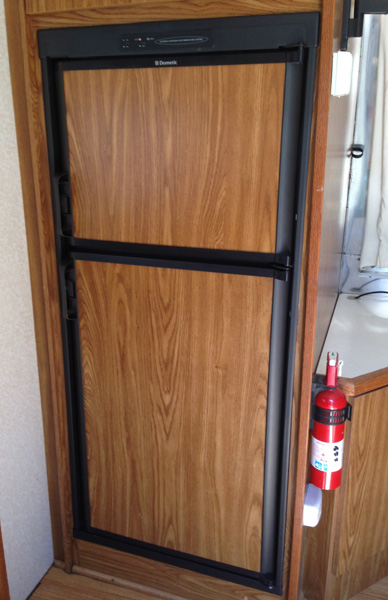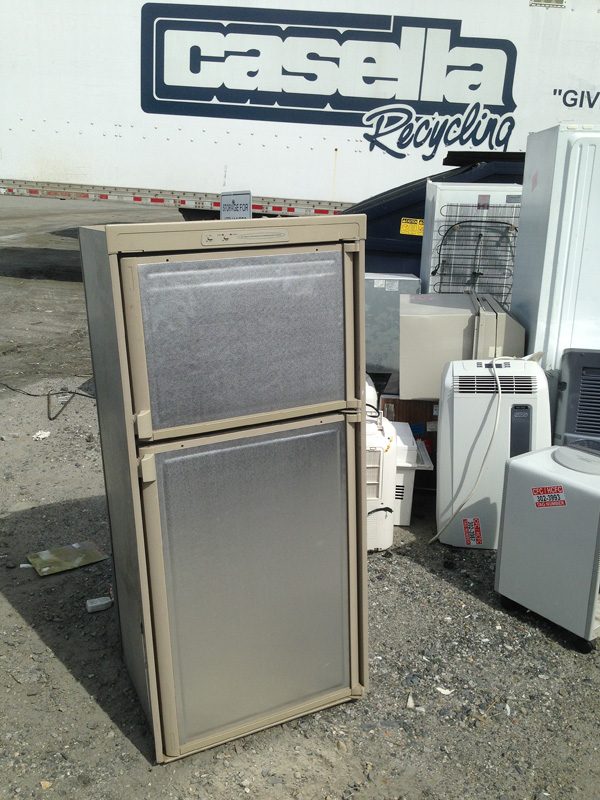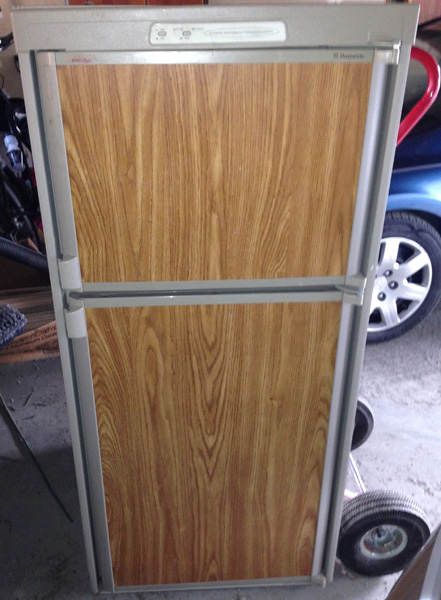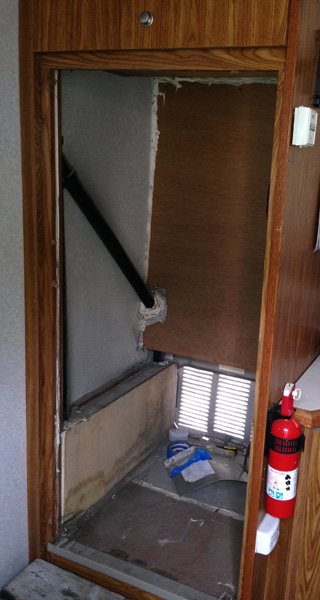While in California, I learned that my dead MacBook battery was going to be a $750 repair so I am limping home using just the cord, which is touchy. So blogging is slow since I can’t pull off the bird photos easily. (End of whine.)
I found some loose tubing hanging down and have determined it is a break in the propane vent line which has shut down the system. No big deal at the point and we will fix it at home.
However, we were hit with a “dust devil” while parked in New Mexico with the awning out. It came out of nowhere on a hot sunny afternoon and in seconds, nearly destroyed the awning. Neighbor campers helped Sally and I removed broken supports and manually retract it so that I could tie it up for the journey home. We were too concerned to get a “before” picture but here’s the wonderful trio that worked an hour or more to sort things out.
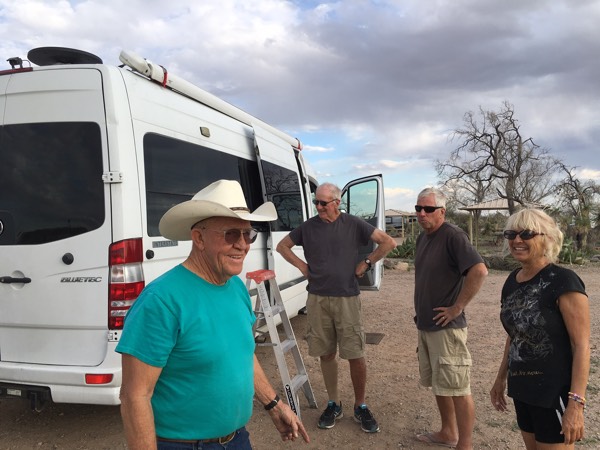
After stops at [Seminole Canyon SP](https://tpwd.texas.gov/state-parks/seminole-canyon) and [Falcon Lake SP](http://tpwd.texas.gov/state-parks/falcon), we are settled at [Goose Island State Park](http://tpwd.texas.gov/state-parks/goose-island) in Texas, seeing some good birds including some early warblers.
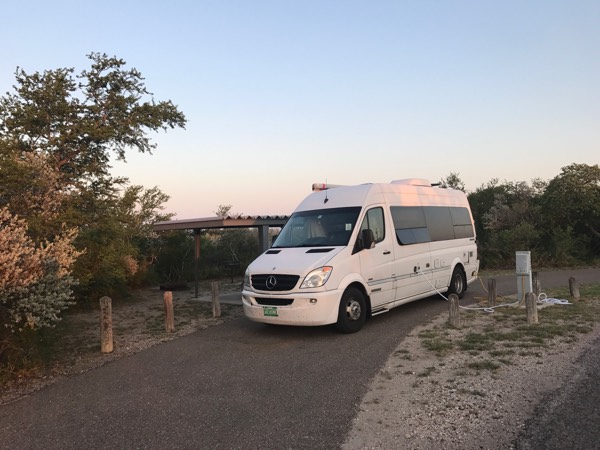
The game plan is to stop in Louisiana next week and start swinging north with an ETA of the 11th or so. Starting to get itchy for the Green Mountain State.

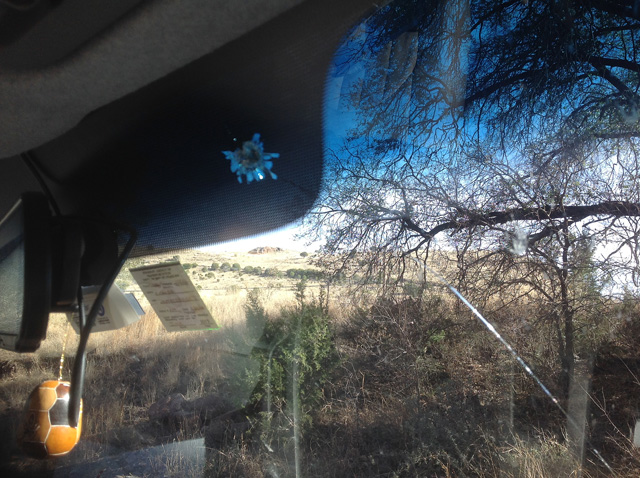
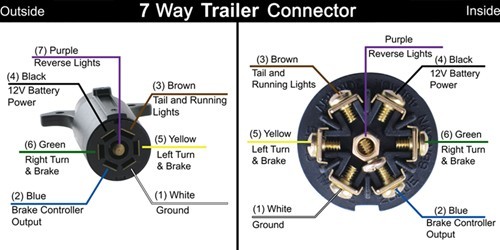
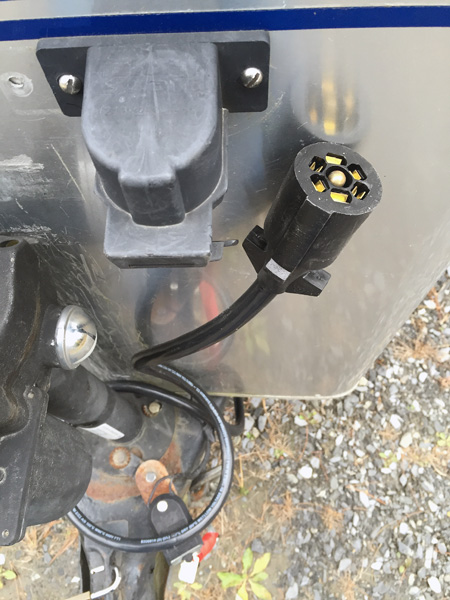
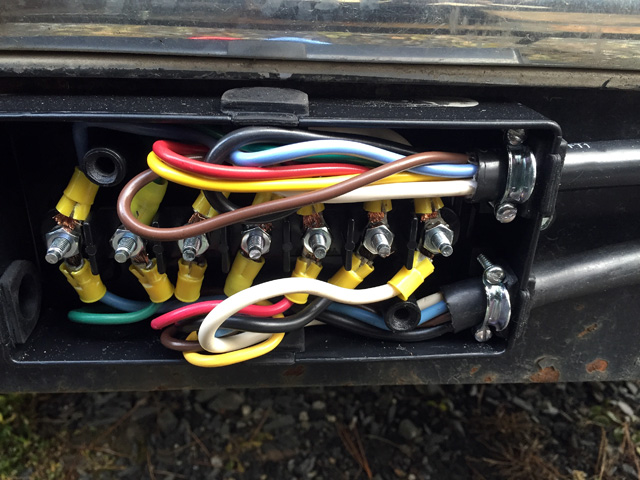
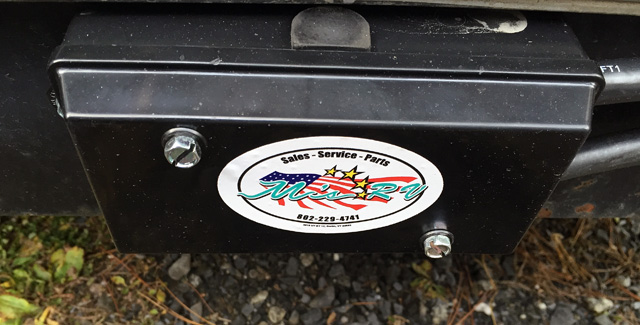
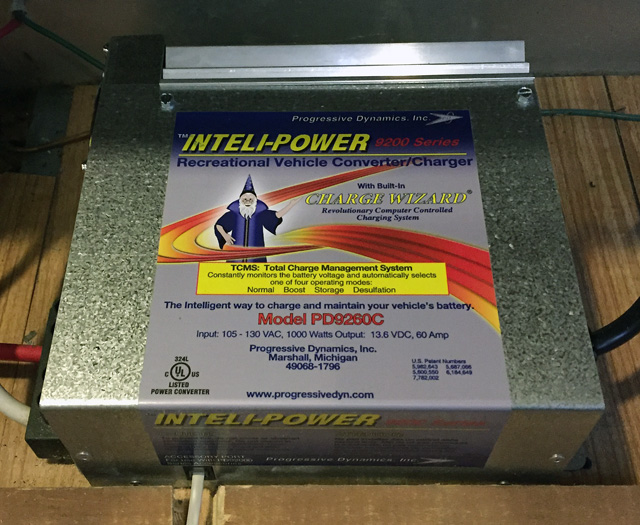
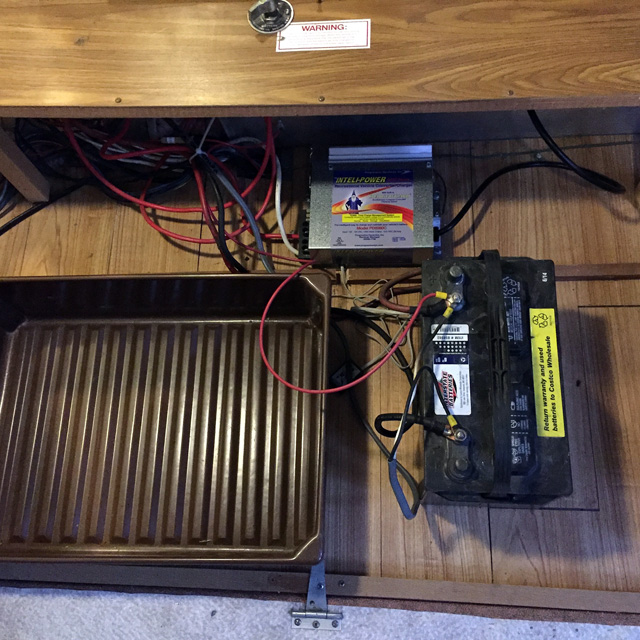
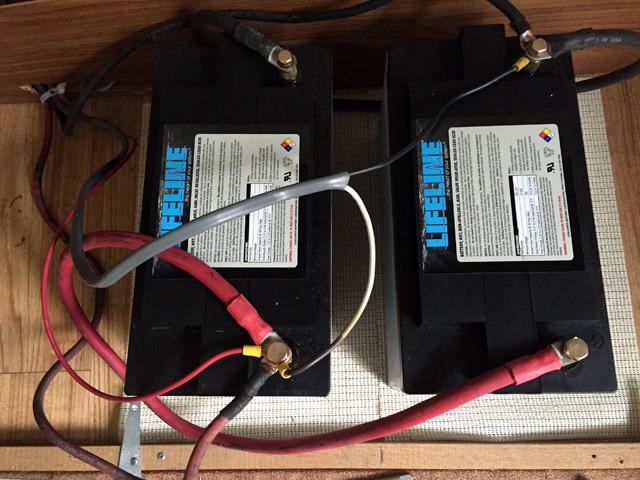
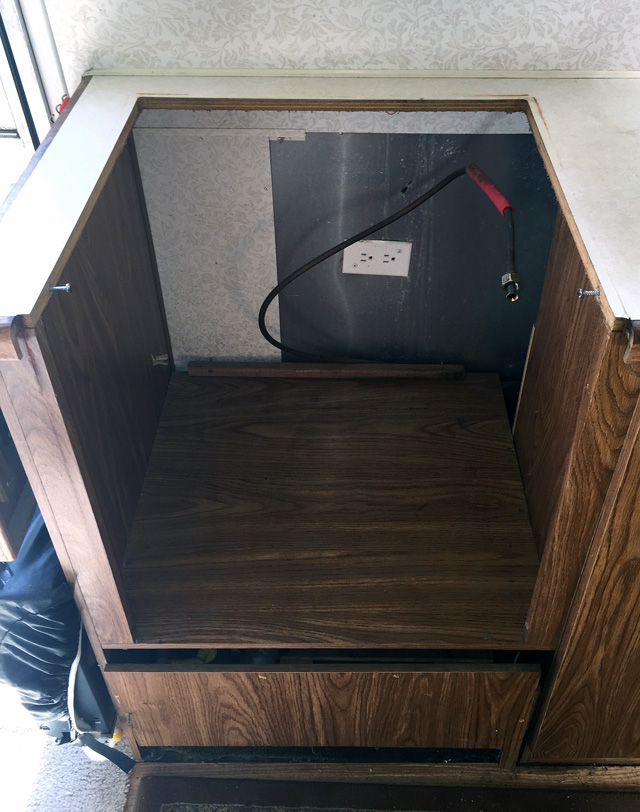
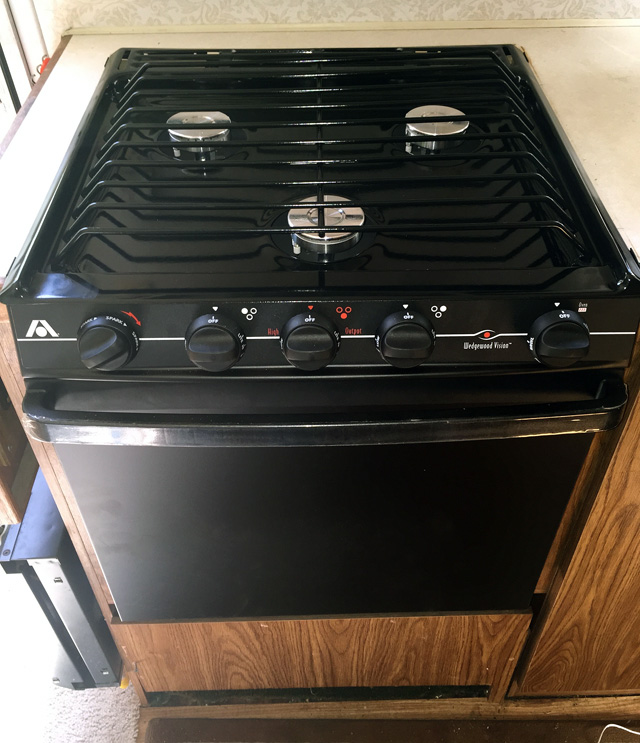
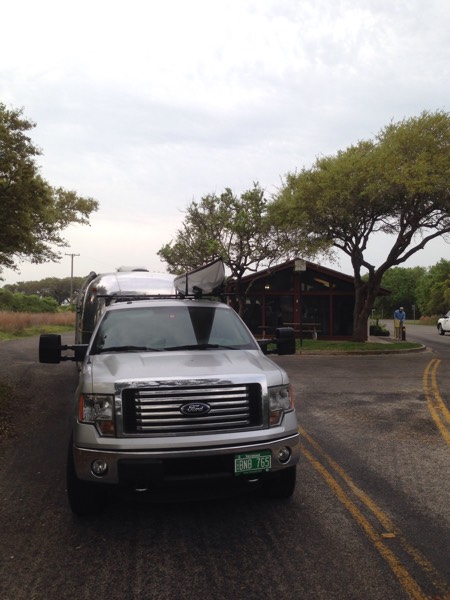
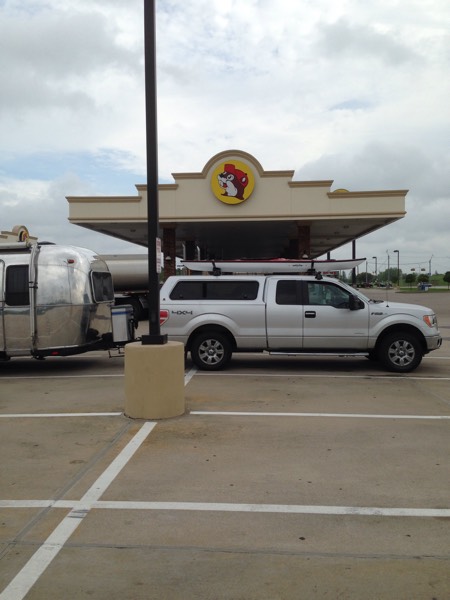
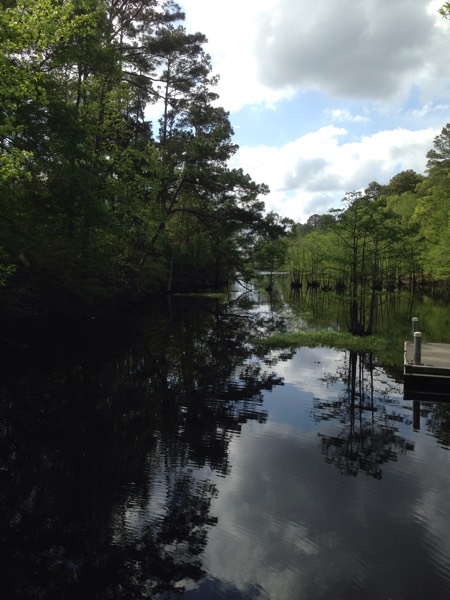
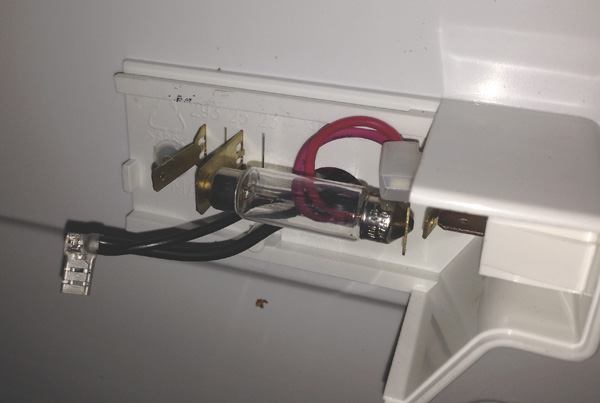
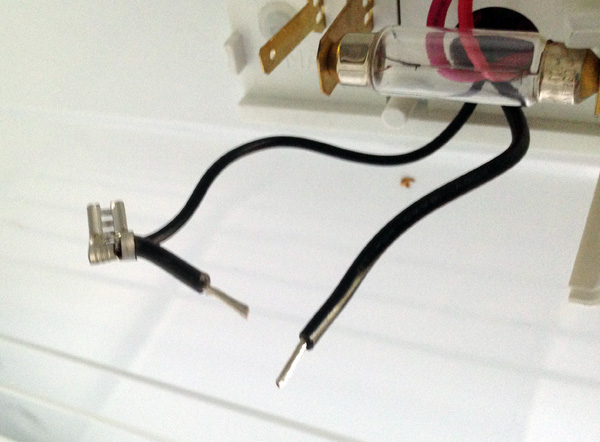
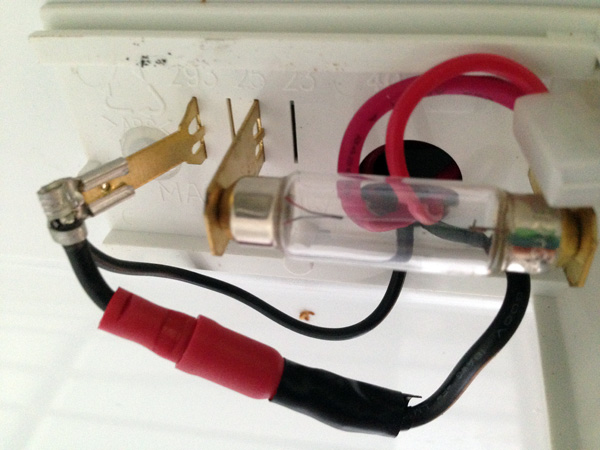

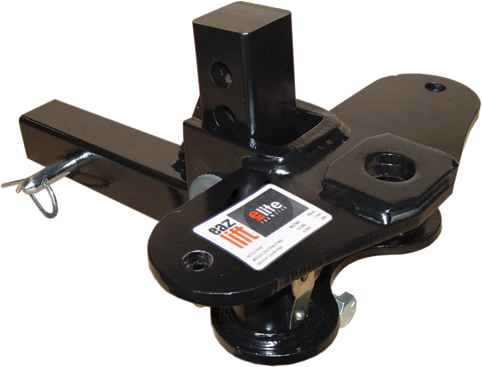
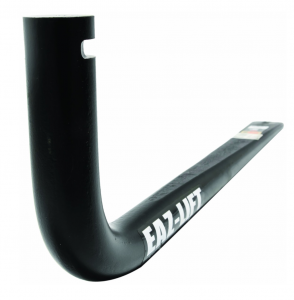 After some study, I figured that the depth of that opening had been shortened just a bit (probably a quarter-inch or less) with the new unit — so it looked like I was facing an additional $150 or so for a pair of bars.
After some study, I figured that the depth of that opening had been shortened just a bit (probably a quarter-inch or less) with the new unit — so it looked like I was facing an additional $150 or so for a pair of bars.